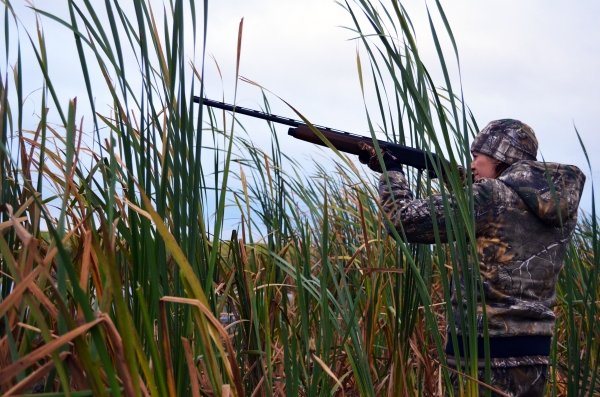
A mix of shortgrass prairie and wetlands creates ideal habitat for various game species at Medicine Lake National Wildlife Refuge amid a major agricultural area in northeastern Montana. Gamebird species on the refuge benefit from the no-till practices of area farmers. The stubble provides ample food while the refuge provides cover. Upland bird hunters will find excellent pheasant populations, provided spring weather is not too cold or wet. Sharp-tailed grouse populations remain stable, while gray partridge numbers seem to fluctuate greatly from year to year. While waterfowl hunting is dependent on water levels in the wetlands, there are usually good spots with plentiful ducks, geese, cranes and swans. However, cold weather can freeze water early and move birds away from the refuge. Although it is a popular hunting area, ambitious sportsmen and women find they can walk away from the crowds. Medicine Lake is a wilderness area wilderness area
Wilderness areas are places untamed by humans. The Wilderness Act of 1964 allows Congress to designate wilderness areas for protection to ensure that America's pristine wild lands will not disappear. Wilderness areas can be part of national wildlife refuges, national parks, national forests or public lands managed by the Bureau of Land Management.
Learn more about wilderness area , so no motorized boats are allowed. The 2,000-acre Sandhills Wilderness area is roadless, so hunting is walk-in only.

